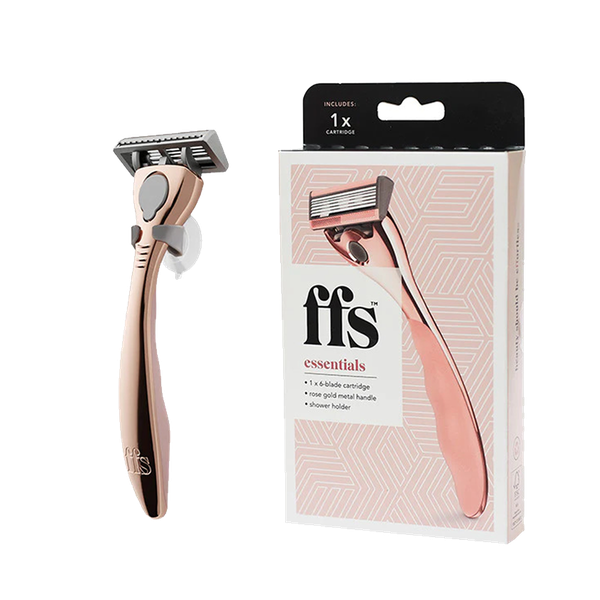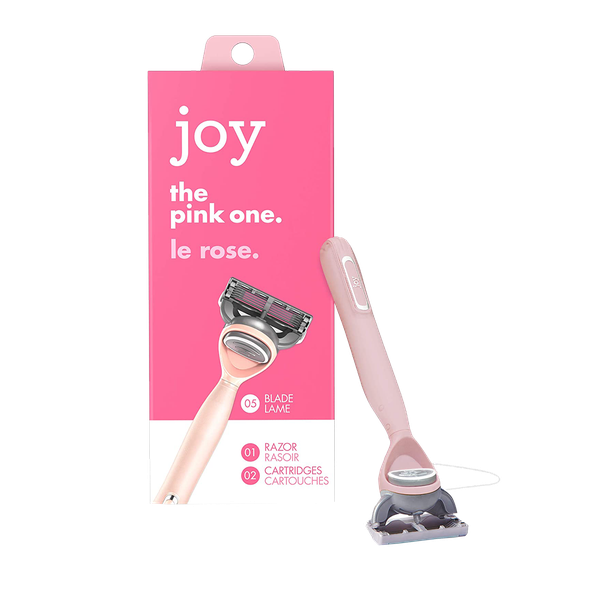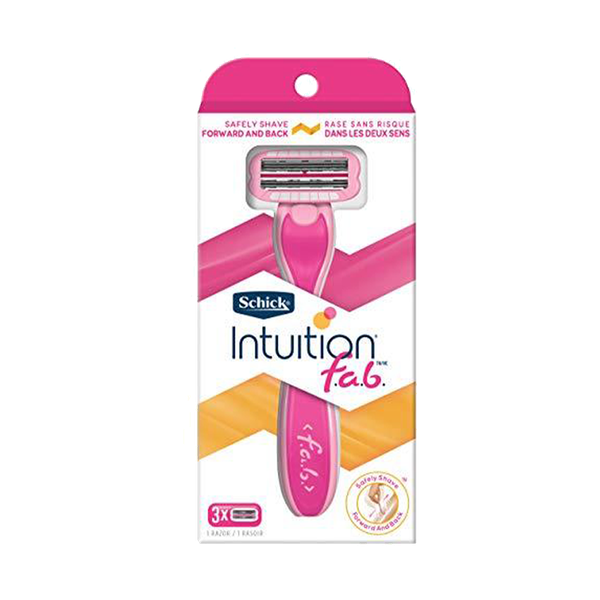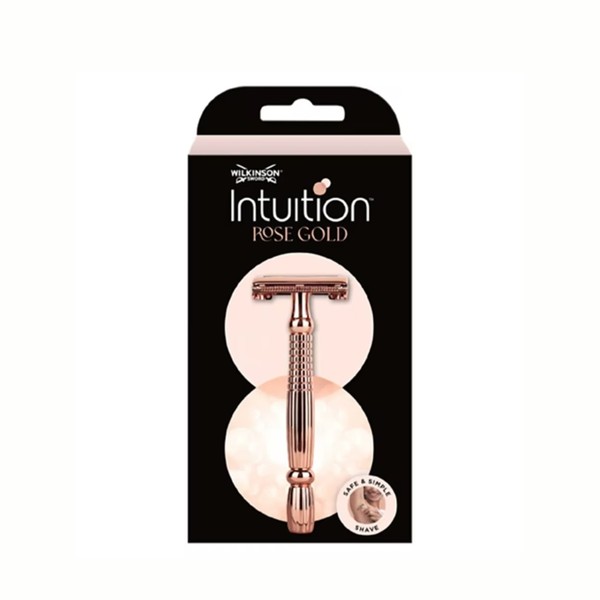How To Get A Flawless Shave
Start By Soaking Your Skin
“Before you shave, soak your skin for at least three to five minutes in warm water. This helps to soften the hairs, allowing for a much closer shave. A flawless shave needs a good base, so exfoliate first, too. This will help get rid of any dead skin and unwanted dirt so your razor can glide seamlessly.” – Leanna Harper, head of marketing at FFS Shaving
“If you’re short on time, skip the exfoliation, but at the bare minimum use a shaving gel cream or hair conditioner to help your razor glide. Lather it up slightly and apply it to the area you’re about to tackle. Hair conditioners can be ideal as they are cationic which, put simply, means they coat the hair and leave skin feeling soft. You pick up the tougher parts of hair better with conditioner, too.” – Charlotte Terling, head of production development at Estrid
Keep Your Blades Sharp
“You’ll only get a good shave if you keep your tools in mint condition. Dull blades can result in scratches, cuts and skin irritations, so switch them out every five to seven uses for the best experience. Even if you rarely shave, the switchover shouldn’t be longer than a month as bacteria builds up easily on a blade. Try to avoid leaving your razor in a damp area – store it in a dry place with the blade facing upwards to prevent premature rust.” – Charlotte
Work In The Right Direction
“One of the biggest causes of irritation and red bumps is shaving the wrong way. Always shave in the direction of your hair growth – especially in areas prone to sensitivities. This results in minimal to no tugging of the hair follicle, so you’re less likely to get razor burn or ingrown hairs.” – Leanna
Never Dry Shave
“It’s bad for your skin and affects the future of your hair growth. Often, dry shaving is done to save time, but the aftermath is always more time consuming to fix. When you dry shave, you’re skipping the most important steps for shaving, which are dampening the hairs with warm water and using a good shave cream to prevent razor burns and cuts. Dry shaving ends up seriously drying out your skin, which causes dull, flaky and lacklustre patches. It also leaves the areas extra sensitive, so once you apply moisturiser you’ll feel an uncomfortable sting.” – Charlotte
“Dry shaving will also only cut the hair above the surface, while a razor that is used for wet cuts gets right down below the surface. This allows for longer-lasting results and better smoothness.” – Leanna
Treat Armpits Differently
“Your skin is highly sensitive under your arms, so it’s essential you dampen this area and soak it with warm water first. You also need to get rid of sweat and deodorant – it builds here more than anywhere else. Warm water will loosen dead skin cells and product build-up so you have a smooth base to shave. Lift your arm above your head and shave gently in short strokes in all directions – you don’t just have to work in the direction of growth here. When you are done, let the area dry fully before applying a light moisturiser. Avoid using deodorant on newly shaved skin – let it settle for at least an hour.” – Charlotte
Don’t Press Too Hard
“This is a common mistake people make when shaving. If you find you only get good results when you press down hard, it means your blade is dull and needs to be swapped. Avoid applying firm pressure as this will cause trauma to your skin.” – Leanna
Load Up On Moisturiser
“Leaving the shower or bath doesn’t mean you’ve finished. Post-shave, you need to lock in hydration all over. Look out for ingredients like fruit extracts, sunflower seed oils and squalane – all help to nourish shaved skin and reduce moisture loss. Shea butter is another essential bodycare ingredient – it helps soften and minimise issues like in-grown hairs, as does Manuka honey thanks to its antibacterial benefits.” – Charlotte
Tailor Your Razor
“This isn’t essential, but if you often shave your bikini line yourself, it’s worth looking for a razor that has a pivoting head. This is so it can adapt easily to the natural contours of your body and reach those trickier areas. FFS razors are ideal for this – they are designed with an added built-in bikini blade on the top side of the razor head.” – Leanna
Bend & Flex
“To get good results, you need to shave with confidence and bend a little. For instance, it’s key you keep your leg straight as you slide over the knee, then bend slightly as you follow the natural curve of it. Taking tiny moves like this helps the razor glide smoothly. For your bikini area, it’s worth taking your time and relaxing – never do this area in a rush. I also recommend having a mirror in front of you. It may not sound appealing, but it helps you get every little bit. I recommend using Estrid’s Watermelon Jelly as you shave this sensitive area. It lathers up the more you rub it in, so you can get a smooth, close shave. Hold your skin taut in this area and shave using short, deft strokes.” – Charlotte
Skip Tight Clothes
“Not permanently, but immediately post-shave, avoid tight clothing. Anything that rubs will create the perfect set-up for ingrown hairs. Steer clear of lycra and latex – two materials that will cause friction and a sweaty environment, which our hair hates. Opt for loose linen or baggy trousers instead. If you can go without pants after shaving your bikini line, this is advisable too – the tight corners of underwear can rub and cause redness immediately. It doesn’t have to be for hours, but just for a little while so the skin has a chance to settle.”
Finally, Never Share A Razor
“This may sound obvious, but it bears repeating. It’s important you avoid sharing a blade for hygiene reasons. It can cause infections and it’s more likely to increase your risks or razor burn, irritation and ingrown hairs. Plus, if you’re using someone else’s, there is a chance the blades are old or dirty.” – Leanna
SHOP OUR EDIT OF THE BEST RAZORS
DISCLAIMER: We endeavour to always credit the correct original source of every image we use. If you think a credit may be incorrect, please contact us at info@sheerluxe.com.










